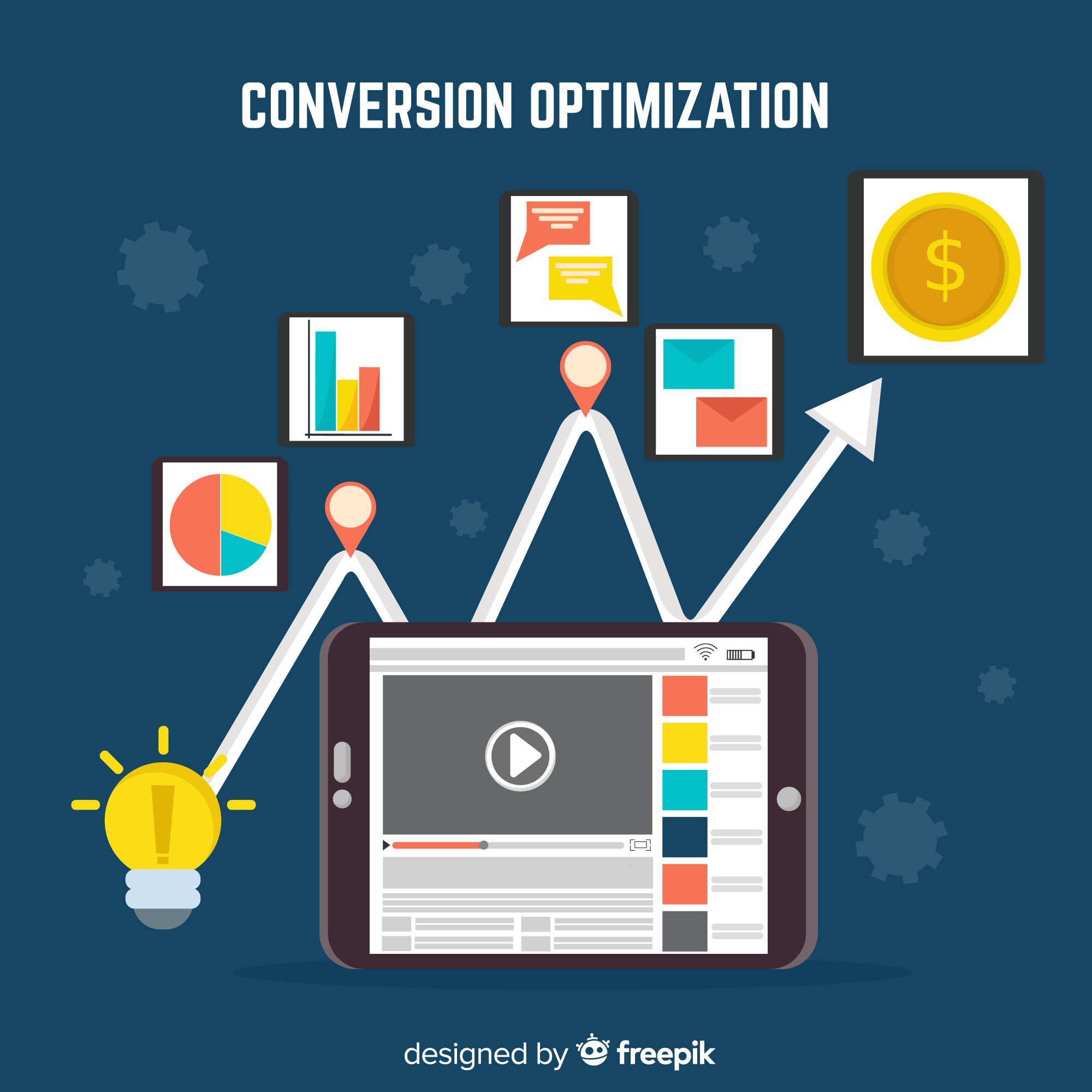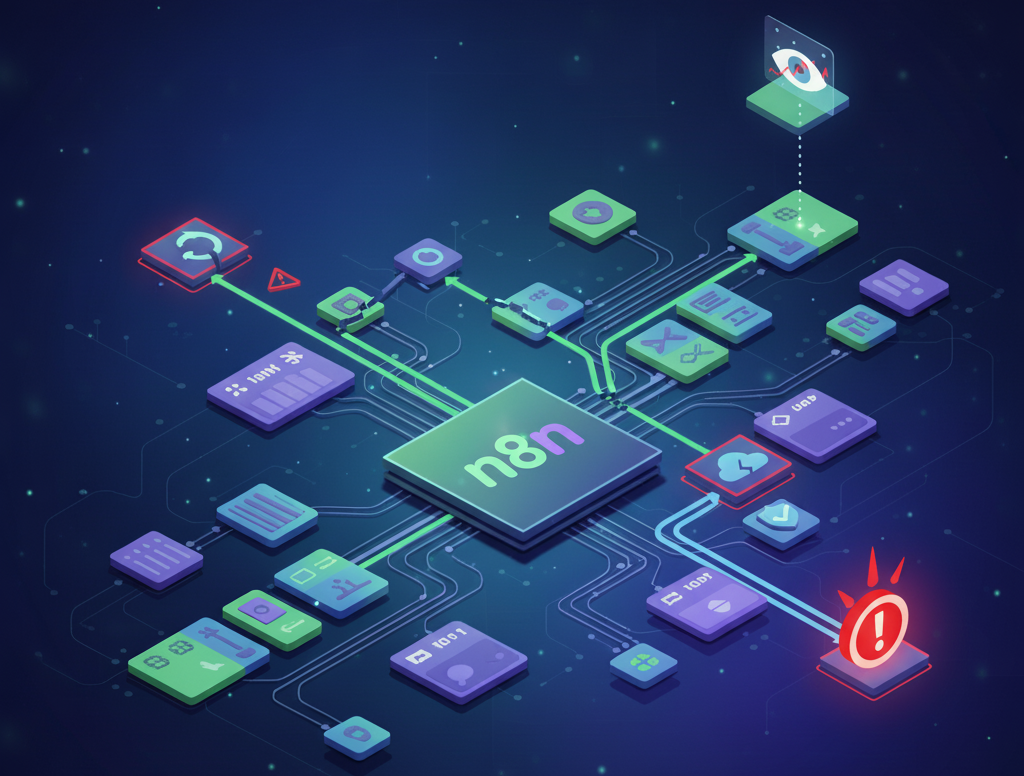In the realm of workflow automation, n8n has emerged as a powerful open-source alternative to platforms like Zapier and Make. Offering a visual, node-based editor, n8n allows users to automate tasks across various applications without extensive coding knowledge. However, when it comes to deploying n8n, users face a crucial decision: should they opt for cloud hosting or self-hosting? This decision significantly impacts both cost and operational efficiency.
In this comprehensive guide, we’ll delve into the cost structures of n8n deployment options, providing you with the insights needed to make an informed choice.
Understanding n8n Deployment Options
1. Self-Hosting
Self-hosting involves setting up and maintaining your own infrastructure to run n8n. This approach offers complete control over the environment but comes with responsibilities for setup, maintenance, and scaling.
Pros:
- Full Control: Customize the environment to your specific needs.
- Cost-Effective for Low Usage: Ideal for hobbyists or small-scale operations.
- No Subscription Fees: Once the infrastructure is set up, there are no recurring platform fees.
Cons:
- Maintenance Overhead: Requires ongoing management of the server, updates, and security.
- Scalability Challenges: Scaling the infrastructure to handle increased loads can be complex.
- Hidden Costs: Expenses related to backups, monitoring, and potential downtime can add up.
2. Cloud Hosting (n8n Cloud)
Cloud hosting involves using n8n’s managed service, where the platform handles the infrastructure, updates, and scaling.
Pros:
- Ease of Use: No need to manage servers or infrastructure.
- Scalability: Easily scale resources based on demand.
- Included Features: Access to advanced features like workflow insights and collaboration tools.
Cons:
- Subscription Costs: Ongoing monthly fees based on usage.
- Less Customization: Limited control over the environment compared to self-hosting.
Cost Breakdown: Self-Hosting vs. Cloud Hosting
Self-Hosting Costs
The primary expenses associated with self-hosting n8n include:
- VPS Hosting: A virtual private server (VPS) is required to run n8n. Providers like Hetzner and DigitalOcean offer plans ranging from $5 to $20 per month, depending on the resources needed. (Hostinger)
- Database and Caching Services: Managed services for PostgreSQL and Redis can cost between $10 to $25 per month. (zeabur.com)
- Backups and Monitoring: Implementing backup solutions and monitoring tools can add $5 to $10 per month.
- SSL Certificates: While Let’s Encrypt offers free SSL certificates, some may opt for paid certificates, costing up to $10 per month.
- Network Egress: Data transfer costs can vary, typically ranging from $2 to $20 per month. (zeabur.com)
In total, self-hosting can cost between $50 to $150 per month, excluding the value of your time spent on maintenance and troubleshooting.
Cloud Hosting Costs
n8n’s cloud hosting offers several pricing tiers:
- Starter Plan: €20/month (~$24 USD) for 2,500 workflow executions.
- Pro Plan: €50/month (~$60 USD) for 10,000 workflow executions.
- Enterprise Plans: Custom pricing for larger teams or organizations with specific needs. (n8n)
These plans include features like unlimited workflows, unlimited users, and access to all integrations, with the platform handling infrastructure, updates, and scaling.
Hidden Costs and Considerations
Self-Hosting
While self-hosting may appear cost-effective initially, several hidden costs can accumulate:
- Time Investment: Setting up, maintaining, and troubleshooting the server requires significant time and technical expertise.
- Security Risks: Ensuring the security of the server and data is paramount, requiring regular updates and monitoring.
- Downtime: Managing and mitigating downtime can be challenging, potentially affecting automation reliability.
- Scaling Challenges: As usage grows, scaling the infrastructure to meet demand can become complex and costly.
Cloud Hosting
Cloud hosting simplifies many aspects but introduces its own considerations:
- Ongoing Subscription Fees: Monthly fees can add up over time, especially for high-usage scenarios.
- Less Control: Limited ability to customize the environment compared to self-hosting.
- Data Privacy: Depending on the provider’s location, data privacy regulations may vary.
Which Option Is Right for You?
Choose Self-Hosting If:
- You Have Technical Expertise: Comfortable with server management, security, and troubleshooting.
- You Require Full Control: Need to customize the environment to specific needs.
- You Have Low to Moderate Usage: Usage patterns that don’t justify ongoing subscription fees.
Choose Cloud Hosting If:
- You Prefer Convenience: Want to focus on automation without managing infrastructure.
- You Need Scalability: Require the ability to scale resources based on demand.
- You Value Reliability: Desire a platform with built-in backups, monitoring, and support.
Optimizing Costs for n8n Deployments
When it comes to deploying n8n, cost optimization is not just about choosing between self-hosting or cloud hosting. How you architect your workflows, manage infrastructure, and monitor usage can have a significant impact on your overall expenses.
Cost Optimization in Self-Hosting
For self-hosted n8n, there are several strategies to minimize costs without compromising performance:
- Choosing the Right Hosting Plan
Selecting a VPS with the right combination of CPU, RAM, and storage is crucial. Over-provisioning can inflate costs unnecessarily, while under-provisioning can lead to poor performance and downtime. Providers like Hetzner, DigitalOcean, and Vultr offer cost-effective options that can scale as your automation needs grow. - Database Efficiency
n8n relies on a database (commonly PostgreSQL) to store workflow executions and data. Using managed database services can simplify maintenance but may increase costs. Optimizing queries, cleaning up old workflow executions, and archiving historical data can reduce storage costs. - Monitoring and Alerts
Implementing lightweight monitoring tools, such as Prometheus or Grafana, can help detect resource overuse before it becomes a costly problem. Early detection of spikes or errors reduces downtime and prevents additional expenses from scaling unnecessarily. - Automated Backups
While backups are essential, using incremental backups instead of full backups daily can save both storage and bandwidth costs. Tools like Restic or BorgBackup are efficient and cost-effective for self-hosted setups. - Workflow Optimization
Reducing redundant workflow executions is one of the most overlooked cost-saving strategies. Audit workflows regularly to merge or simplify nodes, and avoid unnecessary polling or triggering. Each saved execution reduces server load and operational costs.
Cost Optimization in Cloud Hosting
Even when using n8n Cloud, there are strategies to ensure you get the best value:
- Choosing the Right Plan
Cloud hosting fees are usually based on workflow executions. Understanding your usage patterns is key. For instance, small teams or startups with low workflow volumes may find the Starter Plan sufficient, while larger teams should evaluate the Pro Plan or Enterprise Plan for predictable costs. - Batching Workflow Executions
Combine similar workflows or use batching where possible to reduce the number of executions. For example, if you have multiple workflows triggered by email notifications, consider combining them into a single workflow that processes multiple emails at once. - Monitoring Usage
n8n Cloud provides analytics and monitoring tools to track workflow usage. Use these tools to identify high-frequency workflows and optimize them to reduce unnecessary executions. - Archiving Old Workflows
Retiring old or unused workflows reduces the number of active executions and keeps costs predictable. Keeping your workflow library lean is not just good for costs—it also improves maintainability.
Real-World Cost Scenarios
To provide perspective, let’s look at real-world scenarios comparing self-hosting versus cloud hosting:
- Startup with Moderate Workflows
A startup running 5,000 workflow executions per month may spend $50–$100 on self-hosted infrastructure (VPS + database + backup) versus $24–$60 on n8n Cloud. Here, the cloud is cheaper initially and offers convenience for a small team without dedicated devops resources. - Growing Team with High Workflow Volume
A team executing 50,000+ workflows monthly may find that self-hosting scales more cost-effectively. Cloud hosting costs could exceed $500–$600/month, whereas a properly optimized self-hosted setup could run for $150–$200/month, saving hundreds of dollars while offering full control. - Enterprise-Level Deployment
For large organizations requiring redundancy, high availability, and support, cloud hosting may be worth the extra cost. The cost includes not just infrastructure but also enterprise-grade features like priority support, enhanced security, and seamless scalability.
Strategic Considerations Beyond Cost
While cost is critical, it should not be the sole factor in deciding your deployment strategy. Other strategic considerations include:
- Technical Expertise: Self-hosting requires in-house knowledge of server management, databases, and security practices. Cloud hosting removes this requirement.
- Data Privacy and Compliance: Enterprises in regulated industries (like healthcare or finance) may prefer self-hosting to maintain control over sensitive data.
- Long-Term Scalability: Consider how your usage might grow. Even if self-hosting is cheaper initially, high growth may necessitate infrastructure upgrades. Conversely, cloud hosting scales automatically with your needs, albeit at higher cost.
- Time Investment: Managing infrastructure takes time—a valuable resource. Cloud hosting can free your team to focus on building workflows and automations rather than maintaining servers.
FAQs
Can I switch from self-hosting to cloud hosting later?
Yes, n8n allows you to migrate workflows from a self-hosted environment to the cloud with minimal effort.
Are there any free cloud hosting options?
n8n offers a free trial for its cloud hosting plans, allowing you to test the service before committing.
What happens if I exceed my cloud hosting plan’s limits?
Exceeding the plan’s limits may result in additional charges or throttling of workflow executions, depending on the provider’s policies.
Is there a community support option for cloud hosting?
Yes, n8n provides community support for all users, with additional premium support available for higher-tier plans.
Can I use n8n for enterprise-level automation?
Yes, n8n offers enterprise plans tailored to large organizations with advanced automation needs. By carefully evaluating your requirements and resources, you can select the n8n deployment option that aligns best with your goals, ensuring an optimal balance between cost, control, and convenience.
Conclusion
The decision between self-hosting and cloud hosting n8n hinges on your specific needs, technical expertise, and budget. Self-hosting offers control and potential cost savings but requires significant time and technical investment. Cloud hosting provides convenience and scalability at a recurring cost. Assessing your requirements and resources will guide you to the most cost-effective and efficient choice for your automation needs.



